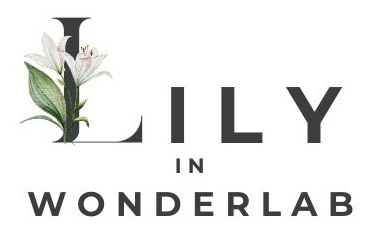Liposoluble hyaluronic acid is a game-changer in the world of natural skincare formulations.
In the DIY cosmetics world, where every ingredient choice matters, discovering a groundbreaking addition to your formulations can be like finding a treasure chest. This innovative ingredient, available from suppliers like Aroma-Zone, is transforming the way we approach lip care and beyond.
Understanding Liposoluble Hyaluronic Acid (Aroma-Zone version)
Traditionally, hyaluronic acid has been known for its water-soluble properties, making it a popular choice for hydrating serums and water-based skincare formulas. However, liposoluble hyaluronic acid takes this efficacy to a whole new level. By undergoing esterification with caproic acid, it becomes lipophilic, meaning it can be seamlessly integrated into oil-based formulations. This revolutionary transformation opens up a myriad of possibilities for creating deeply hydrating and effective lip balms, body butters, and more.
Benefits
One of the main features of this ingredient is its ability to deeply penetrate the skin, hair and nails, thanks to its low molecular weight. It evens out skin tone, reduces redness, improves the skin barrier and enhances elasticity, resulting in visibly improved skin texture.
When it comes to lip care, it truly shines. Its plumping and volumizing effects are specifically tailored to enhance the appearance of lips, making them appear fuller and smoother. Whether incorporated into lip balms or lipsticks, this powerful ingredient elevates the formula, delivering long-lasting hydration.
How to Incorporate Liposoluble Hyaluronic Acid and dosage
Adding liposoluble hyaluronic acid to your DIY formulations is a straightforward process, but it requires careful attention to detail. Typically, it is incorporated into the oil phase of your recipe, ensuring thorough dispersion and maximum efficacy. It is recommended to heat the oil phase to 75-80°C before adding the hyaluronic acid and mixing for at least 2 minutes to ensure proper integration. I suggest you to use a oil that resists to high temperatures, like Caprylic/Capric Triglyceride.
The recommended dosage is 1%.
This is valid for the Aroma-Zone version. However, if you opt for a variant from a different supplier, be sure to review the product specifications and guidelines for recommended usage instructions, as dosages and temperature requirements may vary. Always consult the product sheet for accurate information before incorporating it into your formulation.
Don't forget to check out my "Hyalu-Roses" Lip Balm formula to see how it works its magic in a formula!
Exploring Formulation Possibilities
One of the most exciting aspects of working with liposoluble hyaluronic acid is the endless array of formulation possibilities it offers. From luxurious body oils to rejuvenating facial serums, this versatile ingredient can be incorporated into a wide range of oil based DIY skincare formulas.
While you can technically add it to emulsions, I personally don't find it worth it. The regular hydrosoluble version serves the purpose just fine, and it's more budget-friendly too. I'd recommend reserving this liposoluble ingredient exclusively for oil-based formulas.
Final Thoughts
Reflecting on my journey with DIY cosmetics, liposoluble hyaluronic acid has been a huge discovery. Incorporating it into my oil based recipes felt like unlocking a treasure chest.
With such a limited selection of liposoluble ingredients available, the introduction of liposoluble hyaluronic acid opens up a world of possibilities for formulators. Its ability to improve hydration and texture makes it a standout ingredient in any oil-based formula.
I'm absolutely thrilled about this new addition to the list of liposoluble ingredients. Lately, I've been delving into oil-based formulas, both to deepen my understanding of them and to explore alternatives that allow me to avoid preservatives. I've noticed that the selection of available liposoluble actives is quite limited compared to the vast array of hydrosoluble options on the market. Discovering liposoluble hyaluronic acid has been a game-changer for me. It opened up endless possibilities, and I couldn't be happier about it
In essence, liposoluble hyaluronic acid has become an indispensable ally in my DIY cosmetics experience. As I continue to explore the endless possibilities it offers, I'm excited to see how it will shape the future of DIY cosmetics!

